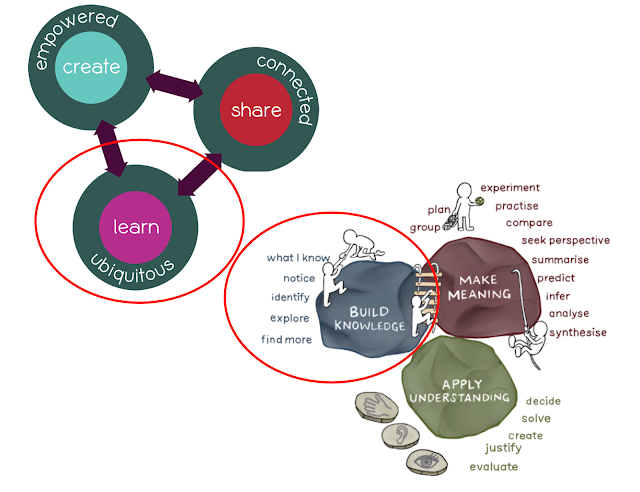My story this year...
My openness to facing the challenge of reducing barriers in reading.
As part of my community of learning Teaching inquiry goal I’ve been looking into what are the barriers in reading and identify what we can do to overcome these barriers. I work in an innovative learning environment, in a hub with 86 learners and 4 teachers. 12 of the learners have been below national standards in reading.
This has allowed me to work intensely with learners who are below their chronological age group throughout the year. After looking at the huge range of challenges these learners are faced with, it’s given me a sense of urgency and motivation to build their learning capacity and cognitively engage these learners so they can make an accelerated shift in their achievement.
We are a 1:1 Ipad hub, so students have the opportunity to become digitally literate and drive their learning. I’ve created rich tasks that specifically work on decoding, phonological awareness and comprehension depending on where the barriers lie.although I say we, behind it there’s a we without the collaboration of my team and with colleague in the CoL this wouldn’t be possible. We’ve noticed that this has given learners the autonomy to self direct their learning.
What did we start to do as a team?
We had to make some major changes to our practise, and all having to adapt, we all have different points of view and the view of our parents. Teachers, learners and parents had to make changes to the way they think how to read
Through the rich dialogue and open to learn conversations amongst 4 of us we realised that there needed to be interventions in place. It meant that we could teach to our strengths and use flexible groupings. So my challenge was to think outside the square about how create authentic and rich learning experiences for these learners who were below in reading.
What I did?
I set up regular connecting with parents to talk about these barriers and how they could help their children at home, running reading together workshops for parents on this, which modeled with a child how to teach reading to their children, getting student and teacher voice to improve my practise. My literacy programme is rich in hands on learning and whole body movement. For many of these learners using their Ipad was the hook. I’ve created rich tasks that specifically work on decoding, phonological awareness and comprehension.
What is happening now?
Learners are constantly reviewing their goals and taking on feedback to improve their reading. The level of motivation to want to learn to read has been tremendous.
A learner recently said to me… ‘using these reading strategy bookmarks are cool, because I can work out these tricky words by myself’. Parent engagement is higher too. A parent recently emailed me to say that the regular connecting has been helpful for her to see what she can do at home to support her child. I’ve also had the opportunity to share the strategies that have worked for me through my Teaching Inquiry blog, with colleagues at school, across schools to the wider community.
When we look at data now we only have 4 learners who are below their chronological reading age. I believe that it’s the sense of urgency and motivation I had to build their learning capacity and cognitively engage these learners so they can make an accelerated shift in their achievement in reading.



Well done for breaking down the barriers and getting your families connected.
ReplyDelete